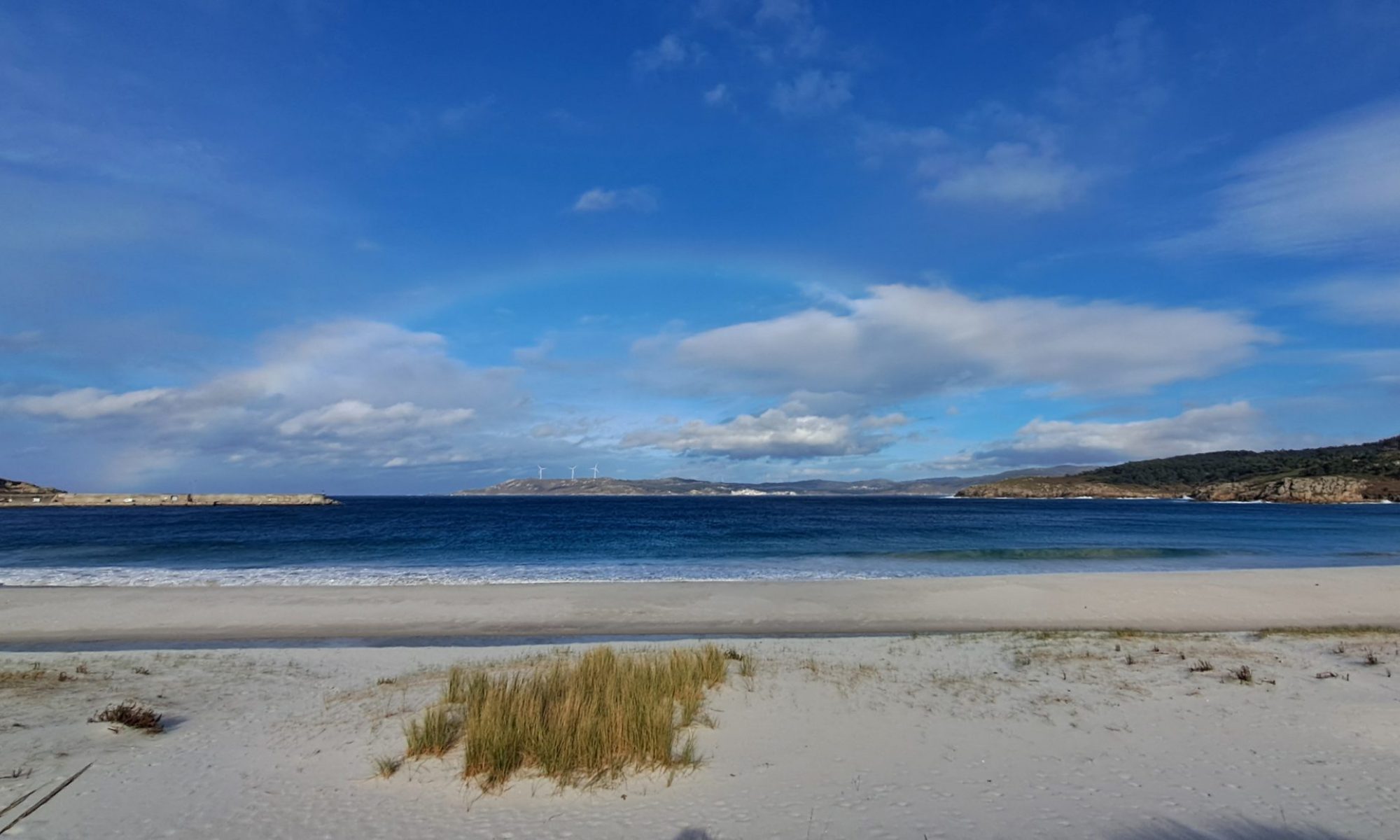I went to the SCA Club Volunteer Conference which was lots of fun as always, mixing lots of people from lots of clubs and lots of activities. Here’s some notes for my own memory and anyone else who’s interested.
I started with a Swimming Pools and Paddlesports CPD Module run by Steve Linkstead. It was mostly a three hour long therapy session for those of us who have faffed around running canoe sessions at a pool.
He said it was a good way to introduce people to paddling and this is what they do at Stirling. I disagree with this entirely, swimming pool time is precious to a canoe club and if you use it to introduce beginners as normal most of those beginners won’t come back and while that’s ok to use free canal time for expensive and warm pool time seems a waste. He also said that it meant people became warm water paddlers who didn’t want to go outside on colder water. It’s why I use it for rolling and rescue practice only, the people who come have already committed somewhat to paddling and chances are they’ll keep coming back.
He said to use pair coaching for teaching rolling, then you can have 1 coach to 6 students.
Some discussion of newer build pools which have a soft lining that paddles can damage.
Lots of discussion on how to be friends with management and janitors to keep coming back. Pointing out you can’t break tiles and you’ll wash all the boats is important.
Requirement to have a life guard or what qualifications coaches need varies widely. HSE has guidelines for canoeing which say
Lifeguards require specialised skills or additional knowledge to supervise canoeing and sub-aqua adequately.
So if you have a pool which is trying to say you need to use their life guards you can point out their life guards aren’t qualified, but canoeing qualifications are all good.
I did a day’s session with Poppy Croal of Poppy Croal Coaching looking at canoe polo. It was snowing so we started off with some armchair refereeing, reading the signals then watching a game on youtube.
On the water we looked at dribbling with a ball and paddle. To pick up on the left use a flat blade, face up, roll the ball with the rear edge to get on the top of the blade. To pick up on the right use a flat blade, face down, roll the ball with the front edge to get onto the back of the blade.
To escape a push in you can rotate the body around a bit, lean onto the push or just rotate the boat 90 degrees.
For a good throw use a mostly straight arm, rotate your body, point through the throw and keep your hand loose.
To paddle backwards and turn so you’re paddling forwards moving in the same direction: look towards the turn, edge away from the turn then forwards stroke. Stern will dip under water.
I spent a day (kayak) surfing at Sandend in Morayshire with Ian Sherrington helped along by Jock Young and Neil Baxter and others.
Communication on surf is hard, the only signal used is waving your paddle in the air which in the absence of anything else means to go to shore.
Factors you might want to consider before you get on are timing of waves (e.g. approx every 8 seconds) and height of waves.
Relax when paddling out through waves, if you force your way through them they’ll just force themselves back into you just as hard. If it’s going over your head then put your hear down into the wave, your helmet will take and force and you’ll keep your eyes and face mostly dry. When going over a wave try a mostly-sweep on one side then reach over and power forward stroke on other side.
You don’t need to start out beyond the break, start nearer to shore.
To turn onto a wave you can do a wide ark turn rather than on the spot, that will let you see all around the beach for problems.
One paddler to one wave generally.
Banff club has loads of lovely boats there, Glenmore Lodge also has boats which belong to the SCA, they only lend them out to surf coaches.
Use sweep strokes as much as possible to steer when on the wave, using stern rudders will take away from energy. Braces can also work. But mostly use edge of boat, surf kayaks tend to have rails on the side to catch the water to give direction.
Day one moves is to start on top of wave, move to bottom of wave, do a bottom turn to face upwards and move up to top of wave, then do a top turn to move back down. This needs sweet and edges in the right place. Top turn is harder although if the timing is right the two ends of the boat are out the water so it should be easy.
You can also rotate the boat sideways and just move along the wave as far as possible in one direction.
A great weekend.

Sweet memory! that post lets me enter the site http://canoescotland.org/events/highlighted-events/club-volunteer-conference-2016 and see: what this?
Thank you for your post.